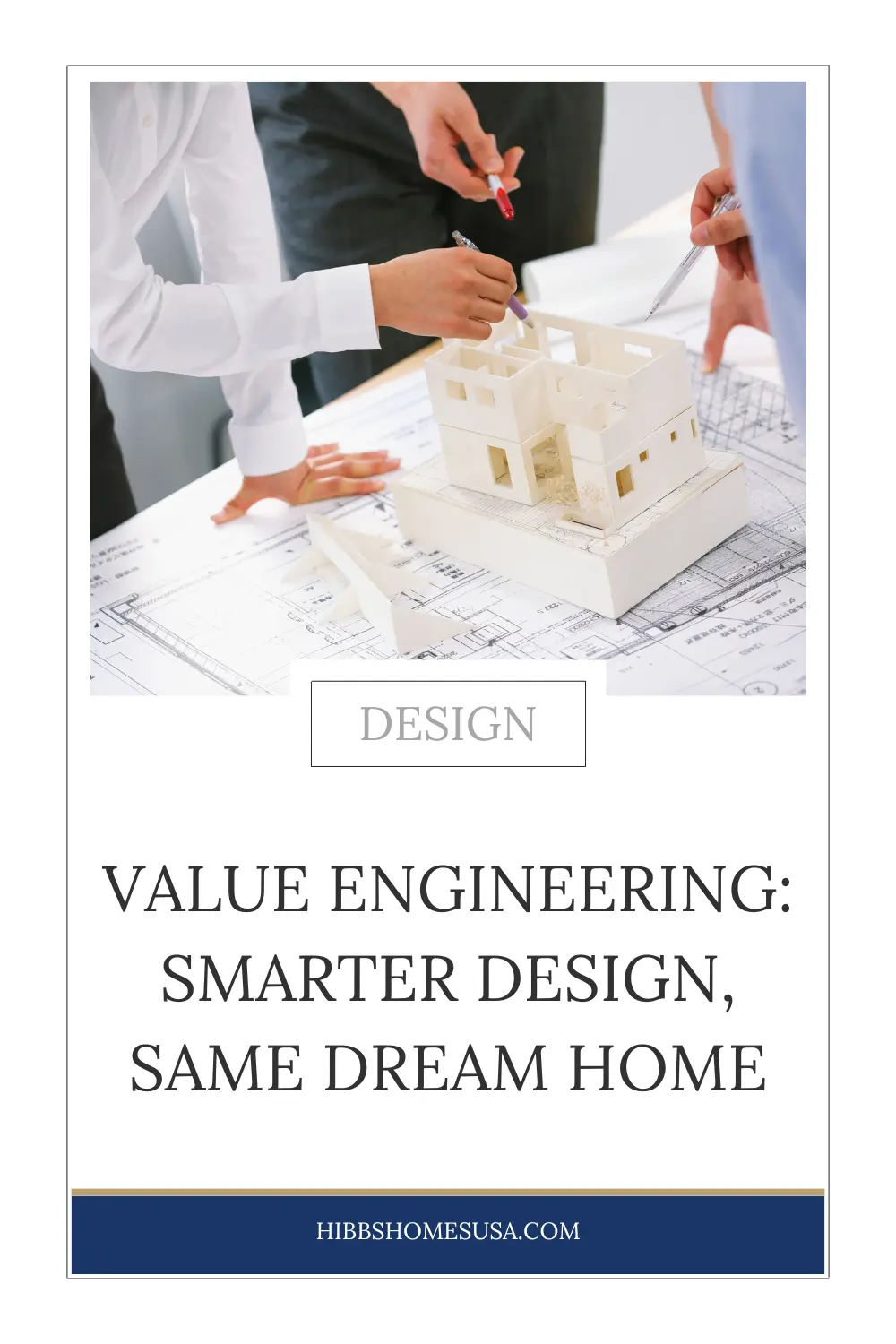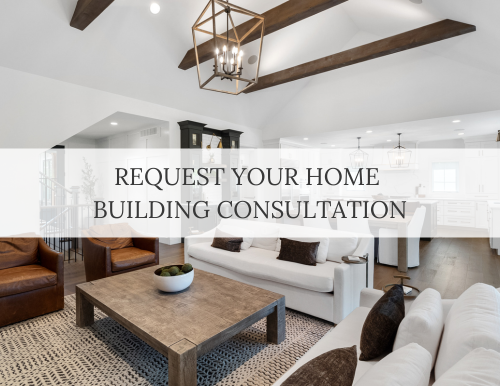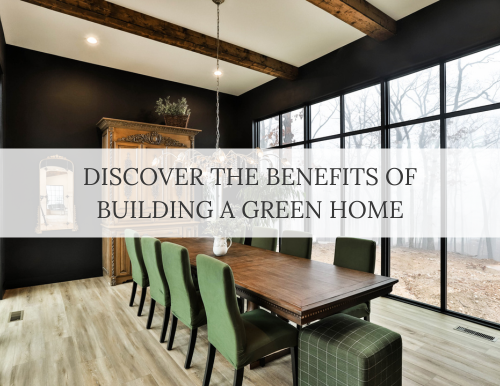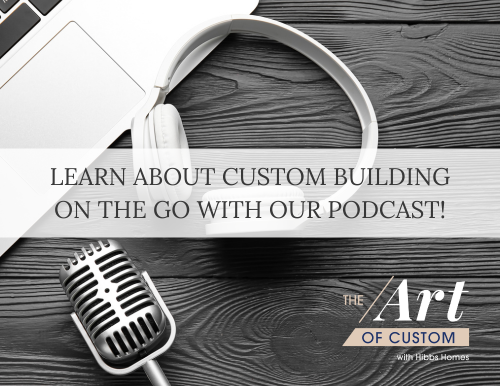S8, E6 | Value Engineering: Smart Design, Same Dream Home
Luxury doesn't mean overspending or excessive square footage. Value engineering helps you get the most luxury and comfort for your money...
In this episode of The Art of Custom, Kim and Melody are joined by Hibbs Homes General Manager Chris Pedigo to demystify one of the most important steps in pre-construction planning: value engineering. Learn how to design your custom home strategically so you can stay on budget without sacrificing quality, comfort, or style.
From simplifying rooflines and foundations to choosing smarter materials and systems that perform better for less, we break down how this process helps you get the most from your design.
You’ll discover how “wants, needs, and wishes” lists guide decision-making, why collaboration between your builder, architect, and designer matters, and how value engineering can take a challenge and turn it into a creative design solution.
Whether you’re building in St. Louis or Park City, this episode will help you get the most from every dollar you invest in your dream home.
Subscribe and follow along this season as we guide you through every step of the pre-construction process!

SEASON EIGHT, EPISODE THREE | TRANSCRIPT
Planning a dream vacation? Your travel advisor swaps first-class for business on a short flight, books a boutique resort with better views, and replaces an overpriced private tour with a curated small-group day trip. Same vibe, smarter spend.
Just like your smarter travel plans, value engineering for custom homes is designing strategically so your home still feels indulgent just better aligned with what matters most and what you plan to invest. 
Today, we dig into how value engineering fits into the pre-construction phase, aligning design vision and budget without sacrificing quality or lifestyle. Plus, we're going to share how we approach it in both Park City and St. Louis with guest Chris Pedigo, who leads the process for our St. Louis clients. 
What Is Value Engineering (in Plain English)?
Value engineering is the process of getting the most out of your budget by simplifying design where it doesn’t show, choosing smarter structures and materials, and preserving the “wow” where it counts. It’s not cutting corners; it’s prioritizing impact. 
Myths vs. Realities of Value Engineering
- Myth: Value engineering = sacrificing quality.
- Reality: The goal is to save without losing quality or the features that matter most. You’ll prioritize and make tradeoffs—but the result should still feel like your dream home. 
Who’s Involved & When to Start
Value engineering is truly a team effort between the builder, architect, civil engineer, designer, and homeowner.
By collaborating from early design through selections. Start before your design with budget awareness, then revisit as soon as you have a floor plan and preliminary elevations. Catch red flags early (size, finishes, complexity) so costs don’t snowball by the end of design. 
How We Keep Budgets on Track
As your vision evolves, you may add some extra square footage here, a premium material there and costs can creep. We flag each change as it arises, share the impact, and get approvals as you go so there are no end-of-design surprises. 
Easy Value Engineering Wins
- Over-complicated roofs drive costs: dramatic pitches or too many angles cost more but don’t always change curb appeal. Simpler geometry can look nearly identical head-on.
- Excessive corners/bump outs: complex footprints add labor and material, which can add up quickly.
- Over-engineered framing or foundations without visible benefit. 
Park City vs. St. Louis: What Design Factors Drive Cost
- Park City Home Construction: Site conditions are king. Downhill builds are generally friendlier to budgets than uphill; retaining walls (type and quantity) can swing costs significantly. Community design codes also influence required exterior materials (roofing, siding, stone). 
- St. Louis Home Construction: There’s often more flexibility to right-size plans and finishes up front but constant communication among builder, architect, and owner is crucial to avoid scope drift. 
High-Performance Choices: Spend Smart, Not More
Value engineering isn’t simply about spending less, it’s about investing wisely. We evaluate upgrades (insulation, air-sealing, windows, HVAC) by payback period and comfort benefits, often targeting ~7 years or less for ROI. For example, sometimes one upgraded zoned system with automated dampers beats installing multiple furnaces and frees the budget up for a better insulation package. 
Materials & Durability
Choose materials that last and lower maintenance: e.g., exterior trim products that resist rot, or engineered framing members that stay straight along long walls and two-story spaces. Paying a bit more now can mean fewer fixes later and a higher-end finished look. 
If Your Builder Doesn’t Offer Value Engineering
Ideally, pick a builder who does. If not, and your project is complex, consider hiring a consultant to review plans during design. Also: ask prospective builders directly, “How do you define value engineering, and how do you do it?” A clear, detailed answer is a good sign. 
Wants, Needs, and Wishes
Complete this list honestly and prioritize. If your budget is $1–2M but your “wish” list reads like a resort brochure, something has to give. Clear priorities are the foundation of successful value engineering. 
Like a great travel advisor, value engineering fine-tunes your home build's "itinerary," keeping the magic while respecting the budget. It’s about aligning lifestyle, design vision, and investment to create a better build and a home you’ll love for years.
For more information visit www.artofcustompodcast.com or find us on Facebook and LinkedIn as The Art of Custom. Be sure to subscribe to get the latest episodes and please rate and review. The Art of Custom is produced by HugMonster sound with original music by Adam Frick-Verdeen. Thanks for listening.




